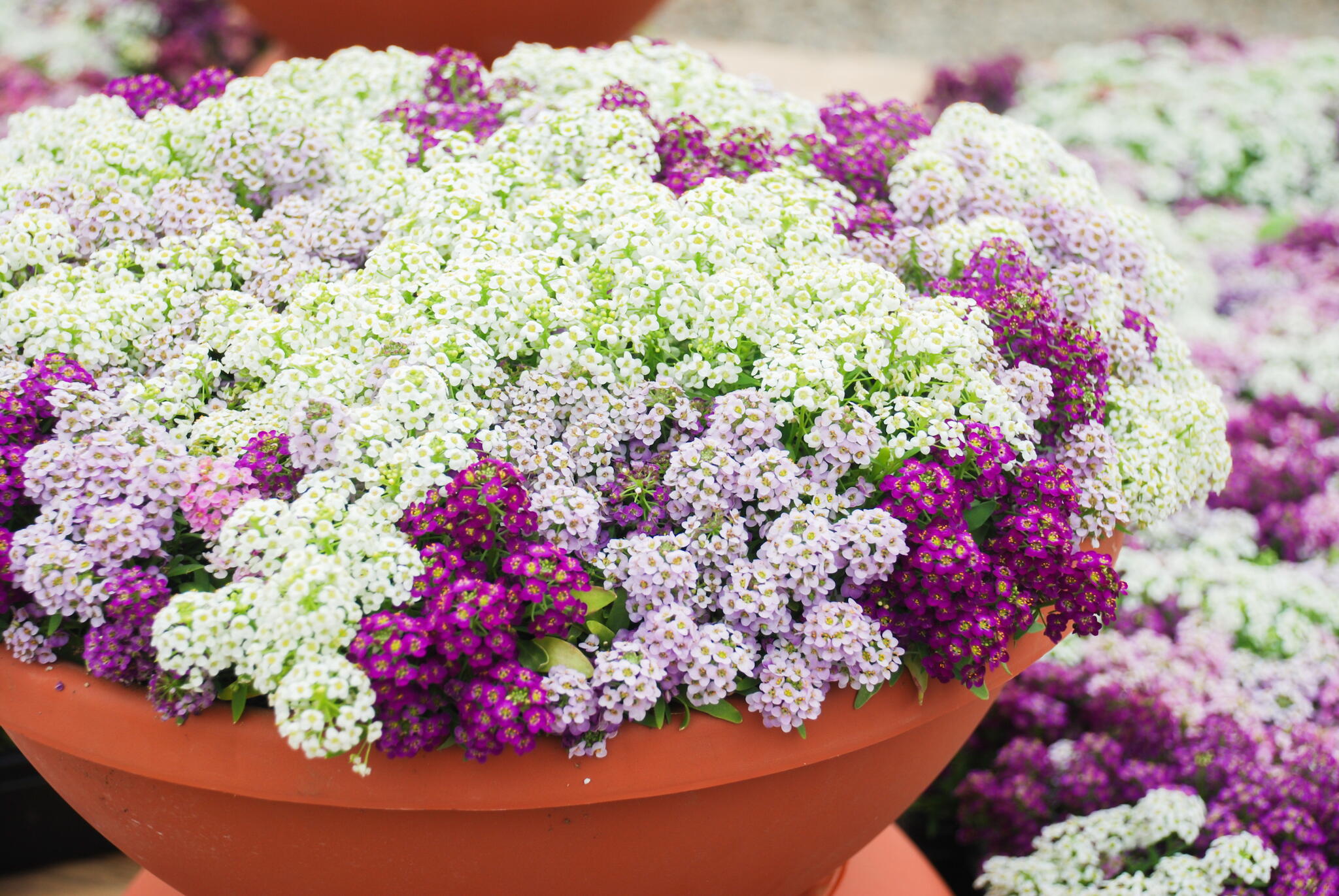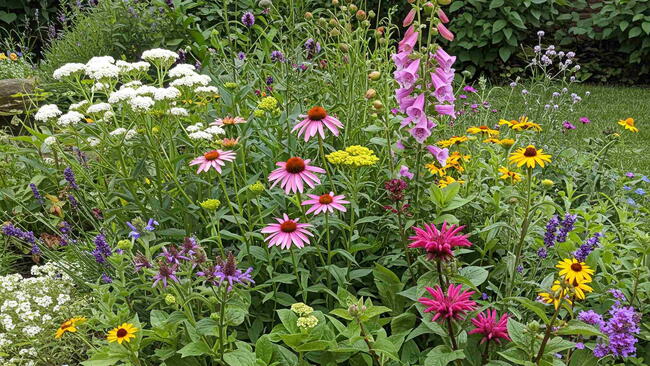
Photo Credit
O. Lyzhechka
Botanical Name
Lobularia maritima
Plant Type
Soil pH
Bloom Time
Special Features
Subhead
Planting, Growing, and Caring for Lobularia Maritima
Read Next
Types
- ‘Pastel Carpet’ provides a flowing border of color in large plantings. Its blooms are light shades of cream, pink, rose, and purple. This variety reaches about nine inches high and spreads to about a foot in diameter, so plant it closer together.
- ‘Rosie O’Day’ is an AAS winner for bedding plants. Its smaller stature—only six inches high and spreading to about a foot wide—makes it perfect for providing lovely purple features in containers and planters.
- ‘Carpet of Snow’ gives you an idea of how many blossoms this variety produces. A bit hardier than most, it is rated for USDA Zone 7. Plant en masse for easy ground cover. You can start from seed.
See 10 of our favorite ground cover plants.














Comments